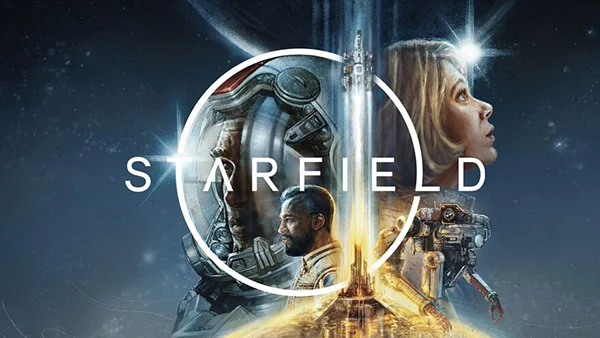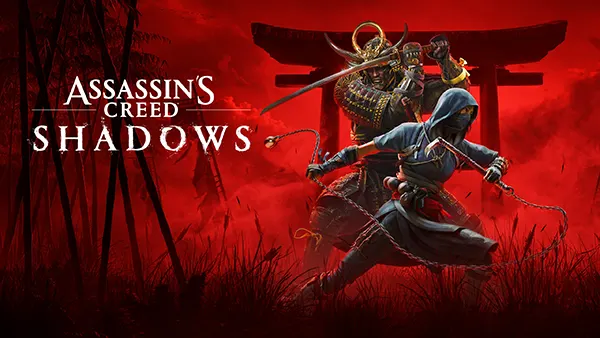
Review of Starfield: Bethesda’s First Step into Space Adventures
After years of anticipation, Bethesda Game Studios has finally launched its first original intellectual property in over two decades—Starfield. As a highly ambitious space-faring RPG, the game promised to redefine the open-world experience with interstellar travel, planetary exploration, and deep storytelling. But does it truly deliver? In this review, we break down the key gameplay mechanics, narrative depth, and the game’s impact on the genre.
Gameplay and Exploration
The backbone of Starfield lies in its expansive open-world experience, spanning over 1,000 procedurally generated planets, each offering unique biomes, resources, and settlements. The game integrates classic Bethesda-style exploration with space travel, allowing players to seamlessly transition from planetary surfaces to deep-space voyages.
While the ship customisation system is a highlight, offering players the freedom to construct and upgrade their own vessels, the space combat has received mixed reviews. Although visually impressive, some players find the dogfighting mechanics lacking in depth compared to other space simulators.
One of the more immersive aspects is planetary exploration. However, the procedural generation sometimes leads to repetition, with certain environments feeling barren and lifeless. Bethesda’s hand-crafted cities like New Atlantis and Akila City, on the other hand, shine with intricate details and compelling NPC interactions.
Character Progression and Skills
Character progression in Starfield follows a skill-based levelling system similar to previous Bethesda titles. Players gain experience through combat, exploration, and quest completion, unlocking a variety of skill trees focusing on combat, science, technology, and social abilities.
The flexibility in building a character adds replayability, allowing players to tailor their playstyle. For example, those who prefer diplomacy can specialise in persuasion, while combat-driven players can focus on weapon proficiency and stealth tactics.
However, some players have criticised the pacing of skill progression, arguing that certain abilities require excessive investment before becoming useful, which can slow down early-game development.
Narrative and World-Building
Bethesda is known for its deep storytelling, and Starfield is no exception. The game’s narrative revolves around humanity’s expansion into space and the mysteries surrounding ancient alien artefacts. Players join Constellation, a group of space explorers seeking to uncover the secrets of the universe.
The main story delivers a compelling blend of science fiction and philosophical themes, but side quests often outshine the core narrative. Factions such as the United Colonies and the Freestar Collective introduce moral dilemmas, political conflicts, and intriguing character arcs.
Companion characters also play a significant role, offering rich dialogue and unique personal quests. However, some players feel that Bethesda’s signature dialogue system remains somewhat rigid compared to modern RPGs.
Graphics and Performance
Visually, Starfield is one of Bethesda’s most ambitious projects, utilising their new Creation Engine 2. The game features breathtaking planetary landscapes, dynamic lighting, and detailed character models.
Performance, however, has been a point of contention. While the game runs well on high-end PCs and Xbox Series X, optimisation issues have been reported on lower-end systems. Some players experience frame rate drops, especially in densely populated cities.
Despite these technical drawbacks, Bethesda continues to release patches, addressing bugs and performance concerns, with significant improvements noted in recent updates.

The Impact on the Genre
With Starfield, Bethesda has ventured into the space RPG genre, drawing comparisons to games like No Man’s Sky and Mass Effect. The level of freedom in exploration and deep customisation sets it apart, though it also inherits some of the developer’s long-standing flaws.
From a gameplay perspective, Starfield succeeds in creating a vast, open-ended experience but struggles with some pacing and balance issues. The lack of seamless planetary landing and frequent loading screens have been seen as limitations compared to competitors in the genre.
Nevertheless, the game’s expansive world-building, detailed questlines, and ambitious mechanics make it a milestone for Bethesda. With ongoing updates and potential expansions, Starfield could evolve into an even richer sci-fi adventure.
Final Verdict
Starfield is a bold and ambitious RPG that pushes Bethesda into new territory. While it doesn’t revolutionise space exploration games, it successfully delivers an immersive sci-fi experience with deep customisation, engaging faction quests, and a vast universe to uncover.
Despite some repetitive procedural elements and minor technical flaws, the game is a must-play for Bethesda fans and RPG enthusiasts alike. Its long-term success will depend on post-launch support, community modding, and future expansions.
For those who love interstellar adventure, Starfield is a compelling journey into the unknown.
Popular articles
-
 How Foot Keyboards and Pedal Controllers A...
How Foot Keyboards and Pedal Controllers A...Foot-based input devices have moved from experimental …
-
 Evolution of PC and Console Controllers in...
Evolution of PC and Console Controllers in...The past two years have reshaped how …
-
 Assassin’s Creed Shadows: A Look at the PC...
Assassin’s Creed Shadows: A Look at the PC...Assassin’s Creed Shadows, the latest entry in …
